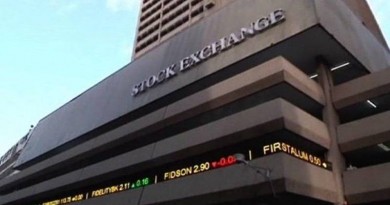The US and UK join hands to tackle online ad fraud, a $50 billion problem
The U.S. and U.K. are working together to tackle ad fraud, a huge problem for brands that has meant they are potentially wasting billions of dollars online.
Companies that buy advertising programmatically via automated systems that involve numerous online processes between ad exchanges and publishers, are at risk of having their ads “clicked” on by bots instead of humans. It’s a problem that the World Federation of Advertisers (WFA) estimates could cost businesses $50 billion by 2025, and is one of the easiest and most lucrative forms of digital crime, according to a 2016 report from Hewlett Packard Enterprises.
Online publishers have even had bots create fake versions of their websites, meaning marketers pay for advertising that nobody sees.
To combat this, the U.S.’s Trustworthy Accountability Group (TAG) and the U.K.’s Joint Industry Committee for Web Standards (JICWEBS), announced an initiative on Tuesday, where approved companies in the U.K. will be able to use a “Certified Against Fraud” stamp from January 1, 2019. The program has been in use in the U.S. since 2016.
TAG helps businesses get certified by providing a payment ID system, so companies can make sure they are paying genuine suppliers, as well as a list of fraudulent IP addresses that brands can blacklist. For a website to get certified, TAG requires publishers to disclose their paid-for traffic, and use ads.txt, a way for them to show which companies are authorized to sell their ad inventory.
The U.K.-U.S. initiative means advertisers can expect to see a reduction in fake clicks, according to Mike Zaneis, president and CEO of TAG, which first announced its partnership in January. “In the U.S., companies using TAG-certified channels have seen an 83 percent reduction in fraud compared to the broader industry average. The U.K. and U.S. will now benefit from one standard in both markets,” he said in an emailed statement.
Large advertisers have been scrutinizing their online media supply chains. In a January earnings call, Procter & Gamble‘s Chief Financial Officer Jon Moeller said the company had improved “media transparency,” which led to it reducing wasted advertising while increasing the number of people it reaches, including by cutting the number of ads served to bots.




